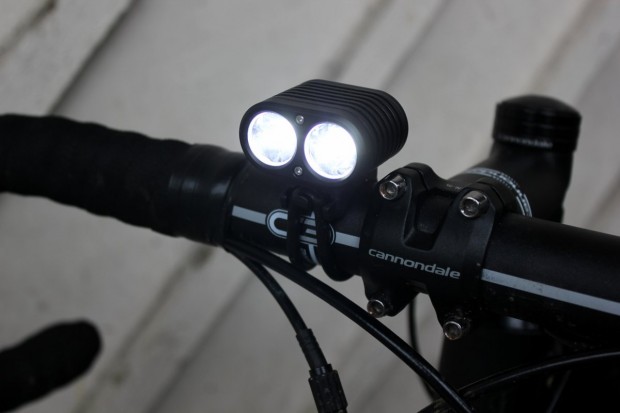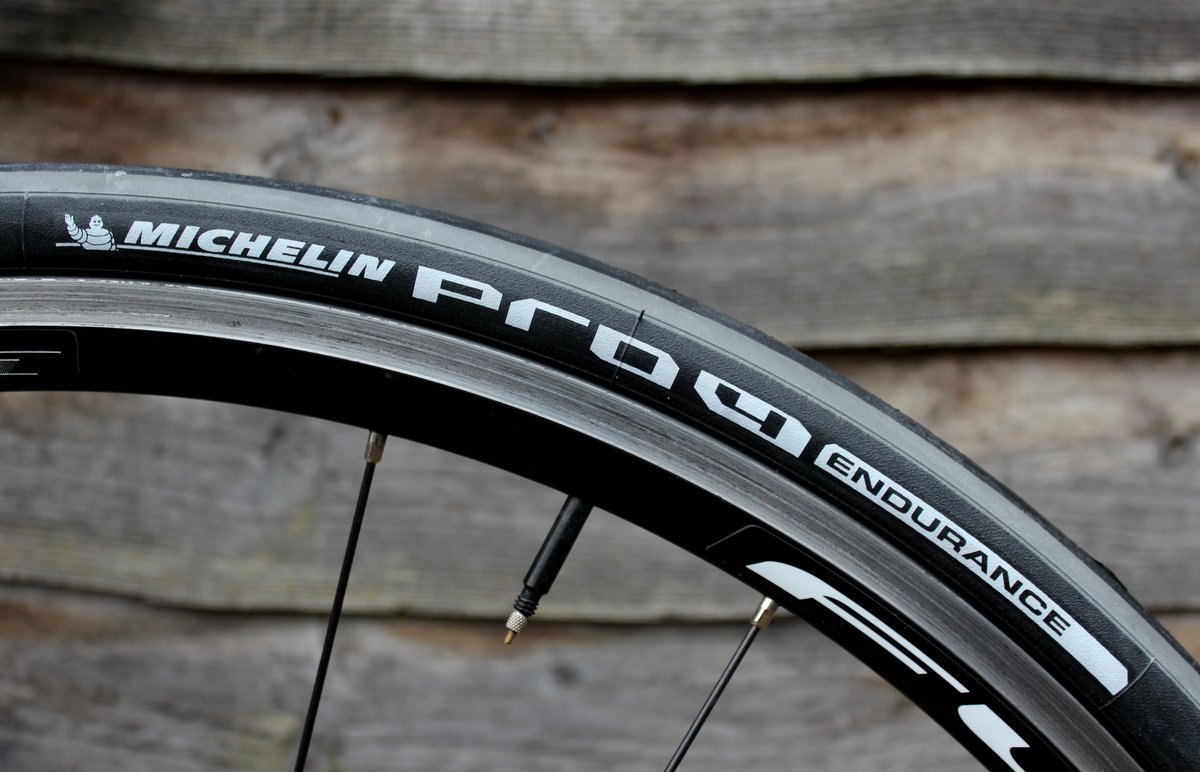Light up the night
We love riding on country lanes and that doesn’t change when the sun goes down – but don’t underestimate just how dark it can get away from the urban glow of civilisation.
A front light serves two functions when riding on unlit roads – to light up the road ahead of you and to be seen by cars – and we’d recommend at least 500 lumens as a starting point.

Fortunately, LED technology has advanced at a rapid pace in recent years and high-powered lights are better and more affordable than ever. Beam patterns vary but for fast road riding you will want a light which has a long reach to give you enough warning when a pothole jumps out of the darkness when descending. However, be wary of oncoming traffic and angle the light so that it won’t dazzle drivers. Here’s our in-depth buyer’s guide if you’re in the market for a new front light.
We’d also recommend having a back-up front light in case your primary source of illumination fails. A smaller commuting light will do and can be used on well-lit roads to save battery power.
Most importantly, make sure your lights are fully charged, with enough battery life to last the duration of the ride and in case you want to extend your loop or suffer a mechanical. You’ll need a light which combines enough firepower to light up the road, with a generous battery life to ensure it stays that way through your ride, but choose your power output carefully and only use full beam when you need it.
Out back we also think two lights are better than one. In fact, the more the merrier, but as a minimum have one on constant mode and the other on flashing. The super-bright Exposure TraceR rear light, reviewed here, has served us well on recent evening raids.
With the right setup, it could be argued that you’re more visible at night, when lit up like a Christmas tree, than during the day, when you’re otherwise part of the scenery. Cars can see you from a distance and you can normally see their headlights before your round a bend in the road.





